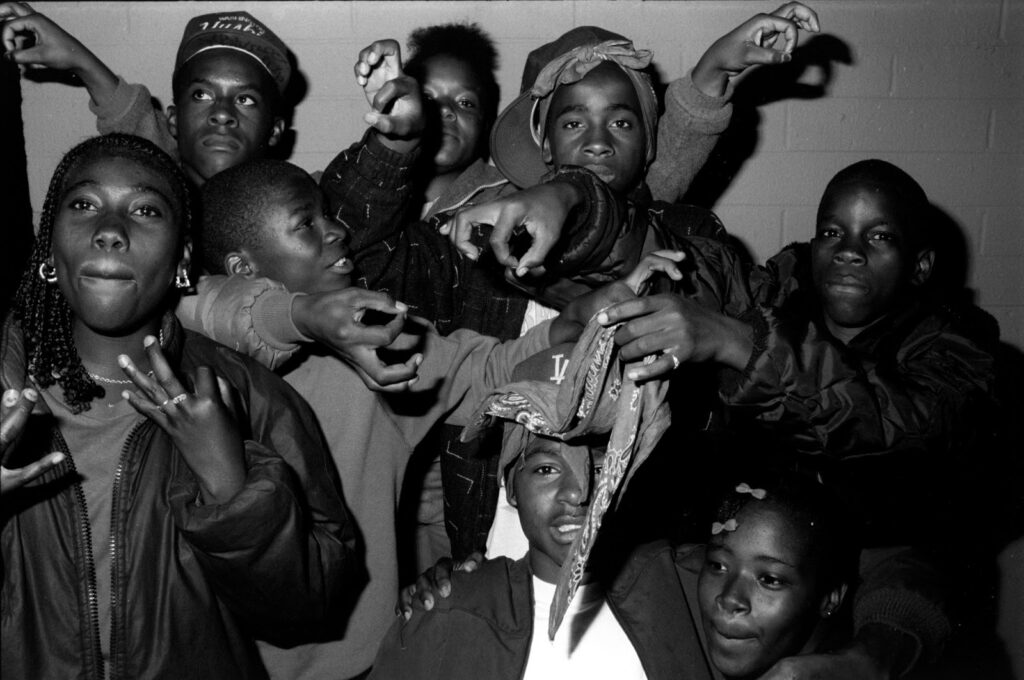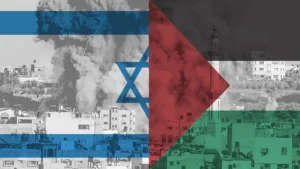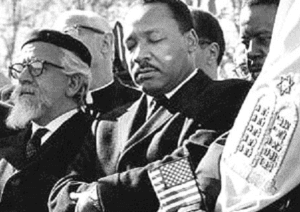Artificial Bridges: A Path to Ending Gang Violence
By Dr. Mario D. Wallace
Inspired by Dr. Damon Centola’s “Wide Bridges” theory
What if I told you that I had a solution for eradicating gang culture and gang violence? What if I told you that this solution dates back to the 1960s and contributed to major milestones like the Civil Rights Act of 1964 and the Voting Rights Act of 1965? And what if I told you this same solution ignited anti-government protests, uprisings, and revolutions across the Arab world in the early 2010s?
The answer lies in a concept I call Artificial Bridging.
On April 20, 2024, the Orange Mound community in Memphis, Tennessee was terrorized by gang violence—four people lost their lives, and 16 were severely wounded. The neighborhood was left with questions, fear, and an urgent need for solutions.
People called for stricter laws, the death penalty, or even martial law, but these ideas, though well-intentioned, didn’t address the core issue: behavior.
Gang violence is nothing new. Since the 1960s, cities like Chicago, Los Angeles, and Philadelphia have grappled with it. Back then, gangs were more focused on bettering their communities—offering affordable housing, health services, and food drives. Fast forward to today, and the narrative has shifted, with gangs terrorizing the same neighborhoods they once sought to uplift.
With over 500,000 active gang members across the U.S. and more than 600,000 deaths attributed to gang violence, it’s clear that traditional methods of prevention aren’t working. But what if behavior could be changed?
The Solution: Bridging
Dr. Damon Centola, a professor at the University of Pennsylvania, introduced a theory called Wide Bridges, which focuses on how information and behaviors spread within tightly-knit social networks. Wide bridges consist of strong ties that connect otherwise isolated groups, allowing for collaboration and sharing of ideas that can lead to real change.
Wide Bridges have driven movements like Black Lives Matter, the Civil Rights Movement, and the Arab Spring, where interconnected social networks were used to spread information, build solidarity, and ultimately shift behaviors on a large scale.
For example, the Arab Spring protests in the early 2010s started with a single act of defiance in Tunisia and spread through digital platforms like Facebook and Twitter. The sharing of information within tight-knit groups empowered people to act, resulting in regime changes across several countries.
How Artificial Bridges Work
While Wide Bridges emerge naturally, Artificial Bridges are deliberately created. These bridges are designed to foster behavior change within social networks by strategically connecting isolated groups and encouraging collaboration.
Artificial Bridges take Dr. Centola’s theory a step further by incorporating elements of the Agile Mindset, including psychological safety and adaptive implementation. In simpler terms, this means creating safe environments where key influencers within a community can learn and adopt new behaviors. It’s about creating new, stronger social ties that lead to lasting change.
In the context of gang violence, Artificial Bridges would work by mapping social networks within communities, identifying influential leaders, and teaching them how to foster safe, productive environments. It’s about empowering the community from within and creating a culture of change.
Moving Forward
To reduce gang violence, we must shift our focus from punishment to behavioral change. Artificial Bridges, built on the principles of Wide Bridges and strengthened by modern strategies, can help us achieve this.
By strategically connecting communities and empowering leaders within them, we can dismantle the toxic behaviors that fuel gang culture and replace them with ones that uplift and protect.
Artificial Bridges are an extension of Wide Bridges, providing a practical solution to drive social change by fostering behavior shifts within social networks. By strategically creating connections and teaching influencers the Agile Mindset, we can address complex issues like gang violence. It’s time to move beyond traditional methods and embrace innovative approaches that work.
To learn more about the theory of Artificial Bridges and how it can help transform communities, subscribe to my YouTube channel at https://mario-wallace.mykajabi.com/blog, read more articles on my blog at https://mario-wallace.mykajabi.com/blog, and watch TikTok videos at https://www.tiktok.com/@drmariowallace?_t=8q7zClOLjCM&_r=1.
















2 responses
This blog post has some really cool ideas about how to stop gang violence! I like how you connect Artificial Bridging to big movements from the past, like the Civil Rights Movement. It makes sense that changing behavior and building strong connections in communities could be more helpful than just making strict laws. The examples you gave, like the Arab Spring, show how sharing information can lead to real change. I think your idea of empowering leaders in the community is a great way to tackle this problem. Thanks for sharing these thoughts and encouraging us to think about new solutions!
Thanks for responding to this post. I just saw your response. My goal is to highlights our truths to encourage our people to act on injustices so that we can advance as a people.